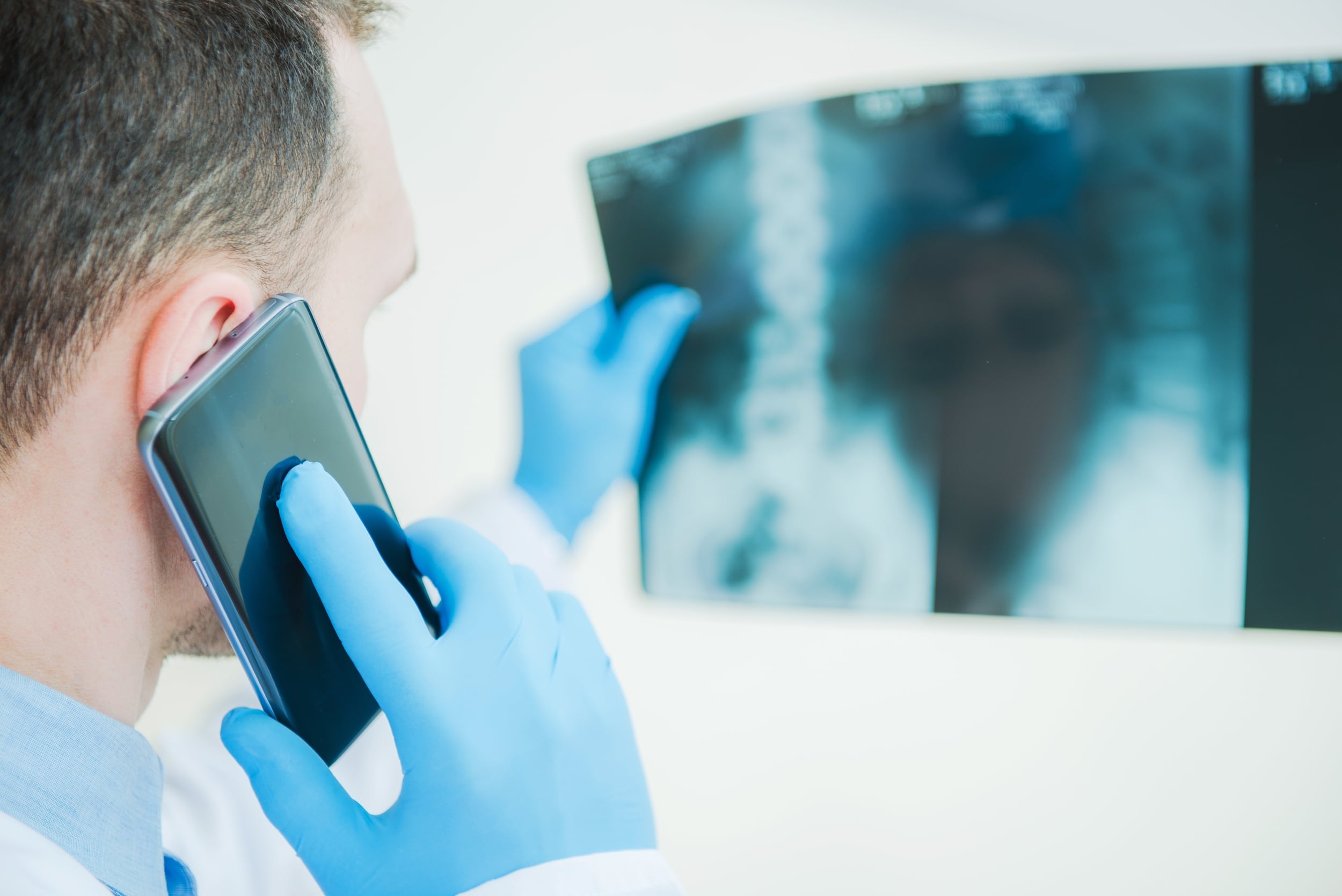How Can Advanced Imaging Techniques Aid in the Diagnosis of Sports Hernias?

Sports hernias are a common, yet often misunderstood, source of pain for many athletes. This condition, also known as athletic pubalgia, is not a typical hernia, but a strain or tear in the soft tissue of the lower abdomen or groin. Symptoms may include severe pain in the groin area, especially during physical activity, which can have a significant impact on an athlete’s performance and quality of life. As such, accurate diagnosis and treatment are crucial for a swift return to activity.
Understanding Sports Hernias
Sports hernias, unlike typical hernias, do not create a visible bulge in the abdomen, making them difficult to diagnose clinically. They often occur due to overuse or a single traumatic event, affecting the muscles, tendons, and ligaments in the lower abdomen and groin. Sports that involve a high degree of twisting and turning at speed, like soccer or hockey, are particularly associated with this injury.
A lire en complément : How to Develop Precision Passing Skills in Youth American Football Quarterbacks?
The pain associated with sports hernias usually starts gradually and increases with physical activity. It can be felt in the lower abdomen, but also often radiates to the adductor muscles in the inner thigh or to the testicles in men. Rest can relieve the pain temporarily, but it often returns once the activity is resumed.
The diagnosis of sports hernias has traditionally been based on the clinical presentation of the patient, with physical examination focusing on the lower abdominal and groin area. However, due to the complex nature of this region and the overlap of symptoms with other conditions, a correct diagnosis can be challenging. This is where advanced imaging techniques come in.
En parallèle : What Strategies Are Effective in Reducing Fear of Re-injury in Athletes Post-ACL Surgery?
The Role of Advanced Imaging in Diagnosis
Advanced imaging techniques like Magnetic Resonance Imaging (MRI) have revolutionized the diagnosis of sports hernias. These techniques provide detailed images of the soft tissues, allowing for visualization of any strain or tears in the abdominal wall or groin, which can be missed during a clinical examination.
MRI can not only confirm the diagnosis of a sports hernia but also rule out other conditions that may cause similar symptoms, like hip disorders or adductor strains. Physicians can then formulate a treatment plan based on the specific injury detected, which may range from conservative management with physiotherapy to surgery.
The MRI Procedure: What to Expect
During an MRI, the patient lies down inside a large cylindrical machine that uses a strong magnetic field and radio waves to generate images of the body. The procedure is painless and generally takes around 30 to 60 minutes.
When examining for a sports hernia, the radiologist will take images of the patient’s abdomen and pelvis. These images will help identify any abnormalities in the abdominal wall, groin, and hip region, including tears in the muscle or ligaments, inflammation, or other signs of injury.
Surgical Treatment Based on Imaging Results
If the MRI confirms a diagnosis of sports hernia, surgery may be recommended, especially if conservative treatments like rest, physiotherapy, and pain medications have failed to relieve the symptoms.
The surgery involves repairing the weakened area of the abdominal wall and, in some cases, also releasing the adductor muscles in the groin. This procedure can be done through open surgery or minimally invasive laparoscopic surgery, which involves smaller incisions and generally allows for a quicker recovery.
The surgeon will base their decision on the specific findings of the MRI, as well as the patient’s symptoms, physical examination, and overall health status. As such, imaging results not only aid in the diagnosis but also guide treatment decisions.
Advantages and Limitations of Imaging
Advanced imaging techniques like MRI are powerful tools in the diagnosis of sports hernias, offering several advantages over clinical examination alone. They can provide detailed visualization of the soft tissues, identify any strains or tears, and help rule out other conditions.
However, these techniques also have their limitations. They are more expensive and less accessible than a simple clinical examination. Additionally, while they can detect abnormalities in the tissues, they cannot always clearly identify the source of the patient’s pain. Despite these limitations, the benefits of imaging in diagnosing sports hernias far outweigh the downsides, making them an invaluable tool in sports medicine.
In conclusion, sports hernias are a common source of pain in athletes, often resulting in a significant impact on performance and quality of life. Advanced imaging techniques like MRI play a critical role in the accurate diagnosis and treatment of this condition, providing detailed images of the affected area and guiding surgical intervention when necessary.
Understanding the Challenges in Diagnosing Sports Hernias
Diagnosing sports hernias can be a challenging task for physicians due to the complexity of the anatomy of the groin and the lower abdomen. The difficulty is compounded by the fact that the symptoms of sports hernias overlap with several other conditions, including osteitis pubis, adductor longus strains, rectus abdominis muscle injuries, and problems in the symphysis pubis or inguinal canal.
In many cases, physical examination alone may not provide sufficient evidence for a definitive diagnosis. This is primarily because sports hernias do not usually present with the conventional signs of a hernia, such as a visible or palpable bulge in the groin or lower abdomen. Instead, the diagnosis often relies on the athlete’s description of his or her symptoms, which can be subjective and vary considerably from one individual to another.
These challenges underscore the importance of advanced imaging techniques in the diagnosis of sports hernias. These technologies allow for non-invasive visualization of the soft tissue structures in the lower abdomen and groin, aiding in the identification of subtle injuries that may be missed during a physical examination.
Reviewing Scientific Literature on Sports Hernias Diagnosis
Scientific literature, available on platforms such as Google Scholar or PubMed, contains a wealth of information on the diagnosis and management of sports hernias. Research articles and case reports provide valuable insights into the latest diagnostic criteria, imaging protocols, and treatment strategies for this condition.
Sports med experts agree that advanced imaging techniques, especially MRI, have become an indispensable tool in the diagnosis of sports hernias. Numerous scientific studies have highlighted the superiority of MRI over clinical examination alone in detecting tears or strains in the rectus abdominis, adductor muscles, inguinal ligament, and other soft tissues associated with athletic pubalgia.
A review of the literature also reveals that MRI can be particularly useful in challenging cases, such as chronic groin pain in athletes, where a definitive diagnosis cannot be made based on symptoms and physical examination alone. In such cases, the detailed images provided by MRI can help to rule out other potential causes of the pain, such as hip disorders or inguinal hernias.
Conclusion
In sum, sports hernias are a complex and commonly misunderstood condition that can significantly disrupt an athlete’s career. The diagnosis of sports hernias is often challenging due to their non-specific symptoms and the absence of typical hernia signs.
However, advances in imaging technology have significantly improved our ability to diagnose this condition accurately and efficiently. In particular, MRI has emerged as a powerful tool for visualizing the complex anatomy of the lower abdomen and groin and detecting subtle injuries in the soft tissues.
The wealth of information available in scientific literature, coupled with advanced imaging techniques, provides a solid foundation for diagnosing and treating sports hernias. Nonetheless, further research is needed to refine our understanding of this condition and develop more effective treatment strategies. But one thing is clear – advanced imaging is, and will likely continue to be, a cornerstone in the diagnosis and management of sports hernias.
